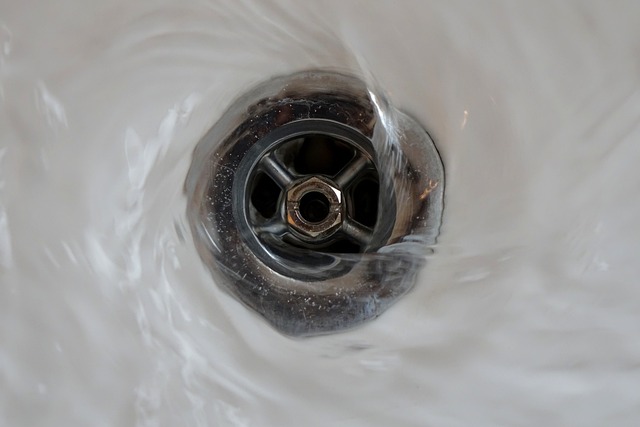The Role of Cooling Catalysts in HVAC Systems
Cooling Catalysts: Air Conditioning
Air conditioning has become an essential part of our lives, especially during the scorching summer months. It provides us with a comfortable environment by regulating the temperature and humidity levels in our homes, offices, and other indoor spaces. But have you ever wondered how air conditioning systems work? The answer lies in the role of cooling catalysts in hvac systems.
Cooling catalysts, also known as refrigerants, are the heart and soul of air conditioning systems. They are responsible for absorbing heat from the indoor air and releasing it outside, thus creating a cool and pleasant atmosphere indoors. Without these catalysts, air conditioning as we know it would not be possible.
The most commonly used cooling catalyst in air conditioning systems is a chemical compound called hydrofluorocarbon (HFC). HFCs are highly efficient at absorbing heat and have a low boiling point, making them ideal for cooling purposes. They are also non-toxic and non-flammable, ensuring the safety of both the users and the environment.
When an air conditioning system is turned on, the cooling catalyst circulates through a closed loop system. It starts its journey as a low-pressure gas and enters the evaporator coil, which is located inside the indoor unit. As warm air from the room passes over the evaporator coil, the cooling catalyst absorbs the heat from the air, causing it to evaporate and turn into a high-pressure gas.
The high-pressure gas then travels to the condenser coil, which is located in the outdoor unit of the air conditioning system. Here, the cooling catalyst releases the heat it absorbed from the indoor air into the surrounding environment. As a result, the gas condenses back into a liquid state and returns to the indoor unit to repeat the cooling process.
This continuous cycle of evaporation and condensation allows the cooling catalyst to remove heat from the indoor air and maintain a comfortable temperature inside the space. The cooled air is then distributed throughout the room via a network of ducts and vents, providing relief from the sweltering heat outside.
It is worth noting that cooling catalysts are not only used in air conditioning systems but also in refrigerators and freezers. These appliances work on the same principle of heat absorption and release, ensuring that our food and beverages stay fresh and cool.
However, despite their numerous benefits, cooling catalysts have come under scrutiny in recent years due to their impact on the environment. HFCs, in particular, are known to contribute to global warming and ozone depletion. As a result, there has been a push to develop more environmentally friendly alternatives.
One such alternative is hydrofluoroolefin (HFO), which has a lower global warming potential and ozone depletion potential compared to HFCs. HFOs are being increasingly used in newer air conditioning systems and refrigeration units, offering a more sustainable solution without compromising on performance.
In conclusion, cooling catalysts play a crucial role in air conditioning systems by absorbing heat from the indoor air and releasing it outside. They ensure that we can enjoy a comfortable and cool environment even in the hottest of summers. While the environmental impact of cooling catalysts has raised concerns, the development of more sustainable alternatives like HFOs offers hope for a greener future.



